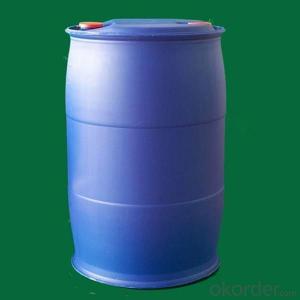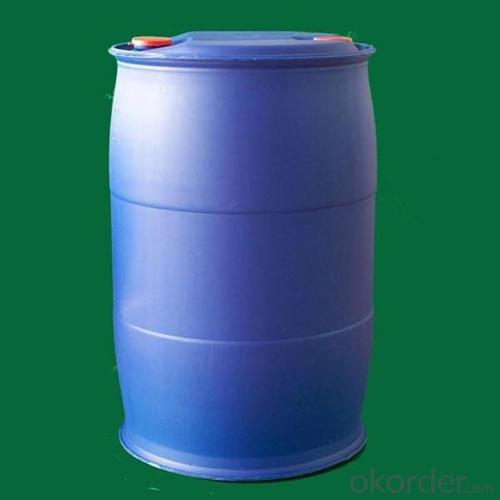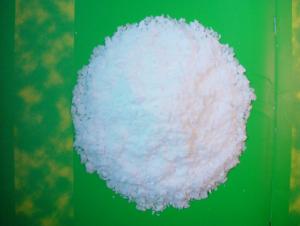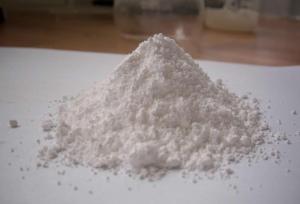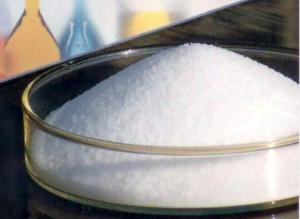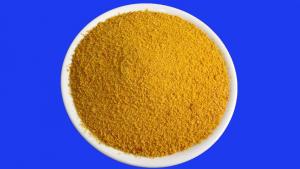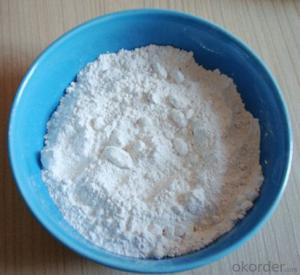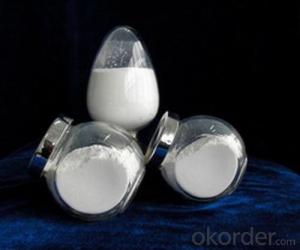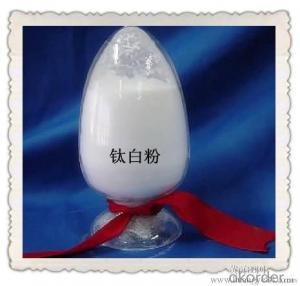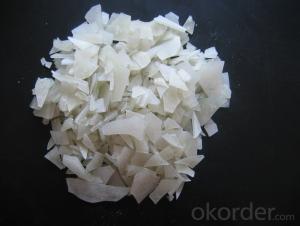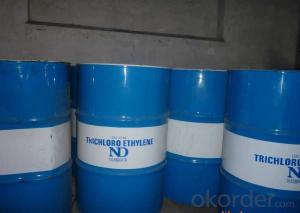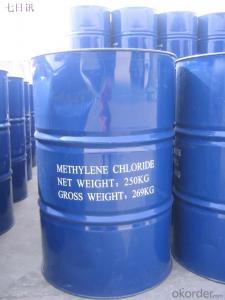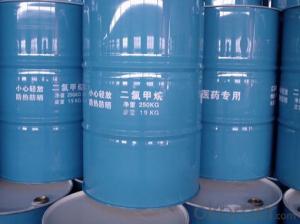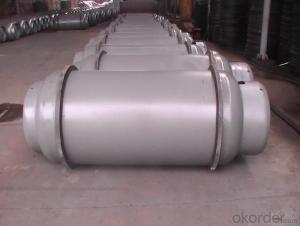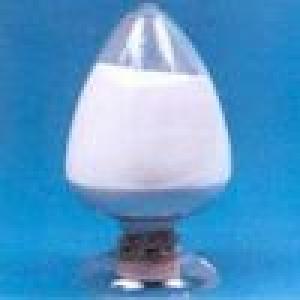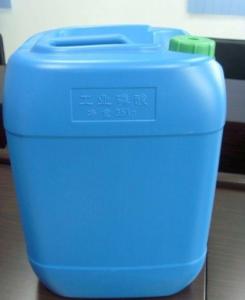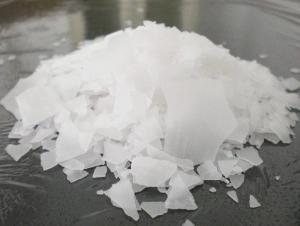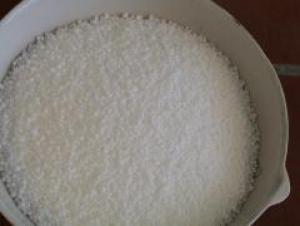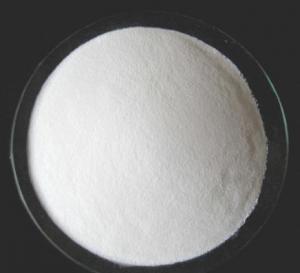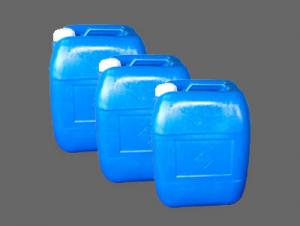BV TEST OF Methylen Chloride
- Loading Port:
- China Main Port
- Payment Terms:
- TT OR LC
- Min Order Qty:
- -
- Supply Capability:
- -
OKorder Service Pledge
Quality Product, Order Online Tracking, Timely Delivery
OKorder Financial Service
Credit Rating, Credit Services, Credit Purchasing
You Might Also Like
Packaging & Delivery
| Packaging Detail: | in 250kg drum |
| Delivery Detail: | 20 days after recerived the advanced payment |
Specifications
dichloromethane methylene chloride
methylene chloride MF:CH2Cl2
3)form:liquid
4)methylene dichloride
- Q: Why inorganic salt waterproof coating does not apply to roof waterproofing
- Inorganic salts are generally in the form of waterproof agent, generally mixed with cement quality of 3-5 percent, but now the roof is waterproof waterproof polyurethane materials are generally used, this is a new type of waterproof coating, Paint manufacturers, you can first check online!
- Q: Does the milk contain inorganic salts?
- Calcium, phosphorus, potassium .1L milk can provide 1g of calcium, and milk calcium and phosphorus ratio of 1.2: 1, close to human milk (human milk 1: 1), digestion and absorption rate, it can ensure that the baby's calcium Need milk milk in the very few, only 0.2mg / 100g, for the human milk 1/5, the baby, such as milk-based food feeding, the need to timely add iron and vitamin C foods such as egg yolk, liver mud, In addition, the milk also contains copper, zinc, manganese, iodine, molybdenum and other trace element
- Q: A solution is known to contain an inorganic salt of one of the following elements. The solution is colorless. The solution contains a salt ofa. Cub. Mnc. Fed. Nie. Zn
- Mn or Zn. Both MnSO4 and ZnSO4 solutions are water-white. KMnO4 is purple. But you did not stipulate.
- Q: The human body does not intake of minerals can be? Lack of minerals on the human body what kind of harm?
- Minerals, such as calcium, phosphorus, potassium, sodium, chlorine and other minerals, iron, zinc, copper, manganese, cobalt, molybdenum, selenium, iodine, chromium and other small amount of trace elements. But no matter which elements, and the human body compared to the protein, are very small.
- Q: Does the lack of inorganic salts cause convulsions?
- The lack of important substances in the salt body is indeed the use of salt to protect the health of important substances than the calcium and phosphorus main body bone calcium blood coagulation muscle contraction and nerve cell regulation very important phosphorus calcium with the same function of food are preserved phosphorus body lack of calcium muscle spasms Can be rash dyspnea gastrointestinal paralysis and other body no phosphorus calcium calcium phosphate can be used to make bone calcium and phosphorus with a reasonable reason to play its role in the use of salt my body's non-essential body about 50 grams of salt according to 0 --- 2 5 grams To follow the excreta outside the body need to be added or otherwise the body of the production capacity of the body is extremely lack of salt can be fainting disease to speed up or even cause muscle weakness in the iron content and its role is not important in vivo iron deficiency anemia and other iron deficiency
- Q: Is the base and baking soda the same substance?
- Is a substance. Life called alkali, chemical called baking soda, are sodium bicarbonate.
- Q: What is the lack of inorganic salts for children?
- Zinc is present in a large number of enzymes, such as carbonic anhydrase, respiratory enzymes, lactic acid dehydrogenic acid, superoxide dismutase, alkaline phosphatase, DNA and RNA polymerase, etc., are nucleic acids, proteins, carbohydrates Synthetic and essential ingredients for the use of vitamin A. With the promotion of growth and development, improve the role of taste. Zinc deficiency occurs when the taste is poor sense of smell, anorexia, slow growth and mental development is lower than normal performance. Zinc can often eat zinc-rich foods: such as protein zinc, oysters, walnuts, egg yolk, seafood and so on.
- Q: What are organic and inorganic salts?
- An organic salt is a salt containing an organic ion ( carbon atoms ) The reaction product of an organic acid and an inorganic base, for example, sodium acetate (CH3COONa) from the reaction of acetic acid (CH3COOH) and sodium hydroxide (NaOH). The Organic ion, here, is CH3COO- Inorganic compounds come principally from mineral sources of non-biological origin. The modern definition of inorganic compounds often includes all metal-containing compounds, even those found in living systems. So, Inorganic salts are salts of such elements (salts that don't contain carbon atoms) For eg: NaCl, KCl, BaCl2, Al2SO4, etc
- Q: is sugar and salt organic or inorganic?
- Is Sugar Organic Or Inorganic
- Q: What is the big base?
- Large alkali is the main component of sodium carbonate.
Send your message to us
BV TEST OF Methylen Chloride
- Loading Port:
- China Main Port
- Payment Terms:
- TT OR LC
- Min Order Qty:
- -
- Supply Capability:
- -
OKorder Service Pledge
Quality Product, Order Online Tracking, Timely Delivery
OKorder Financial Service
Credit Rating, Credit Services, Credit Purchasing
Similar products
Hot products
Hot Searches
Related keywords
